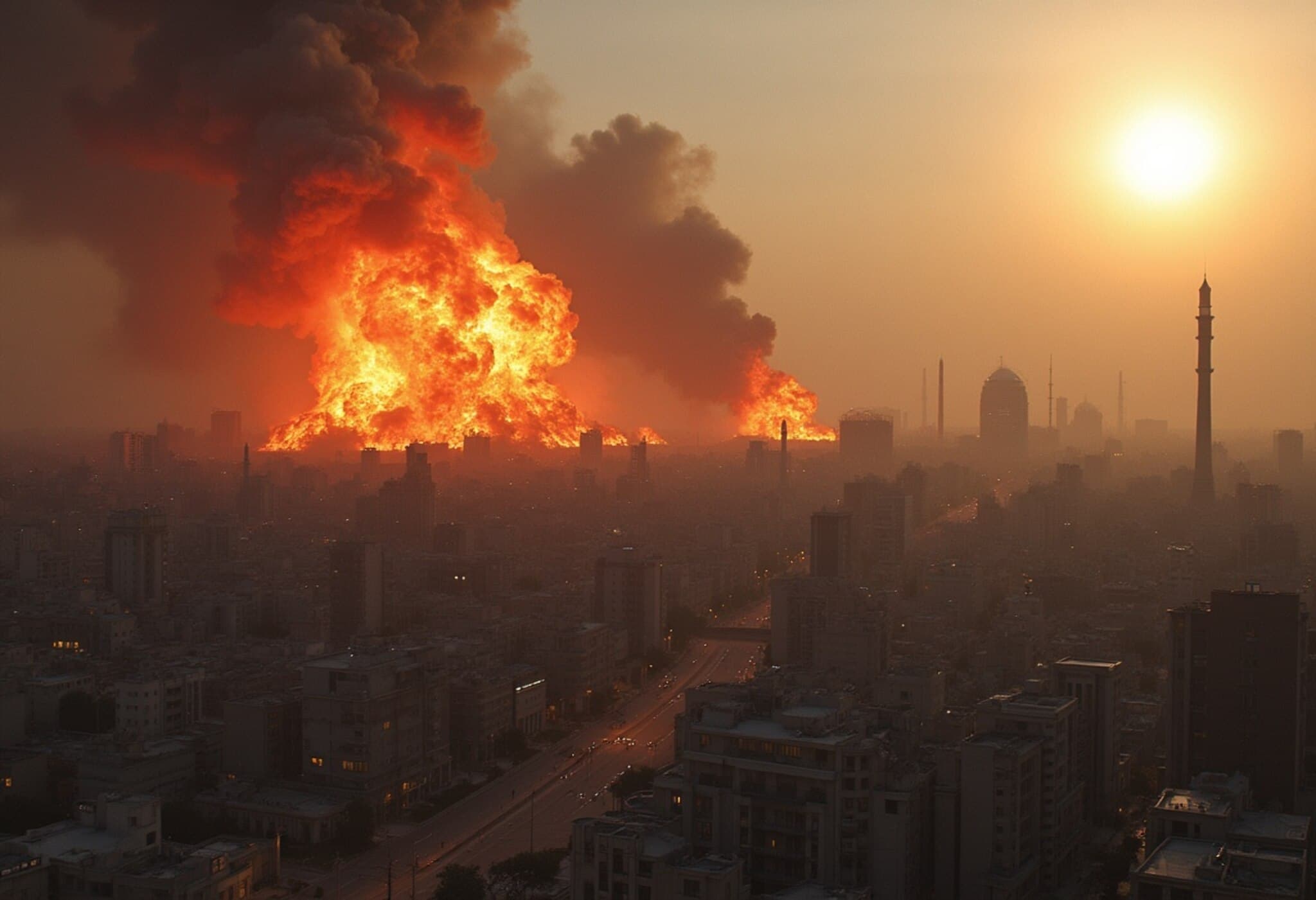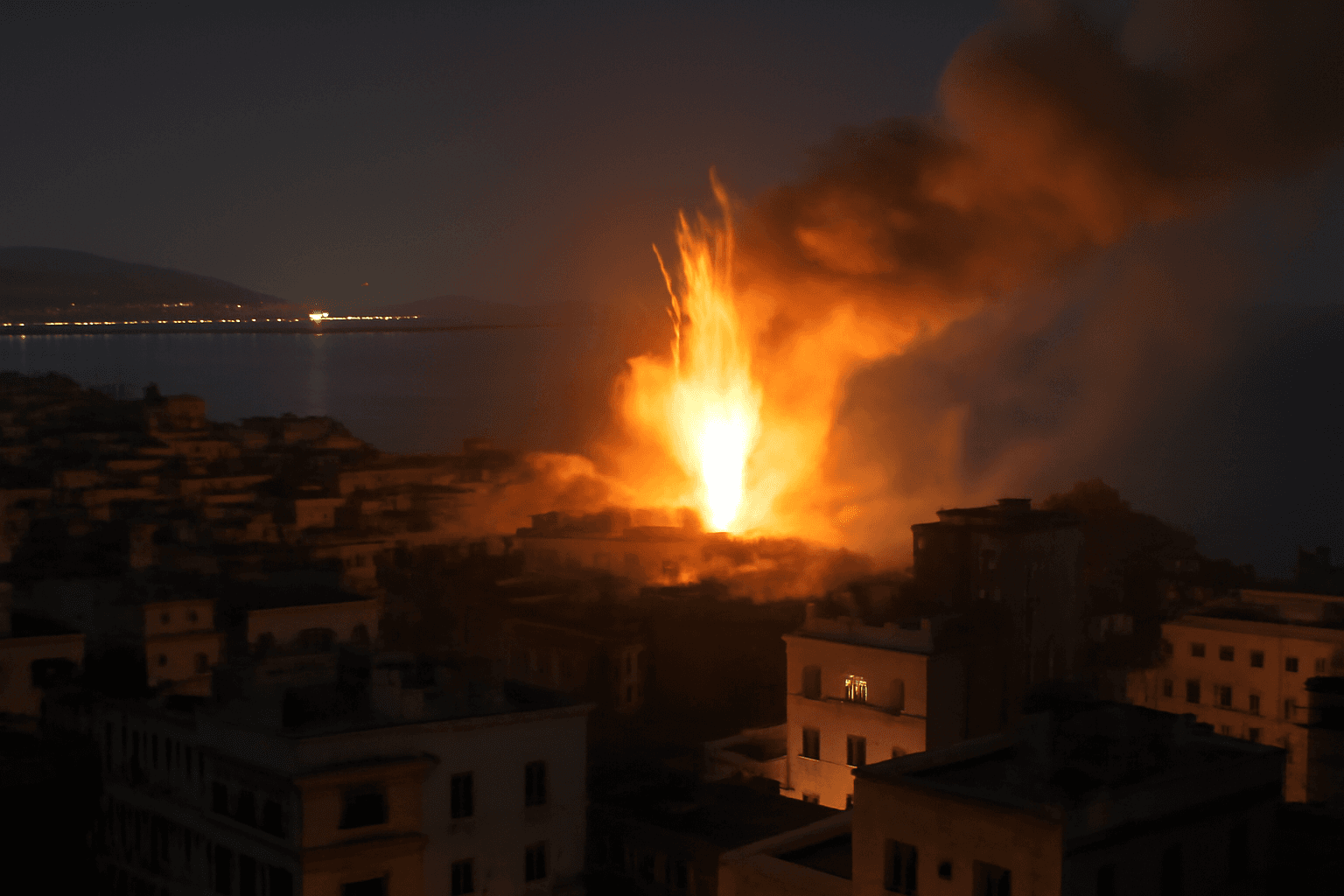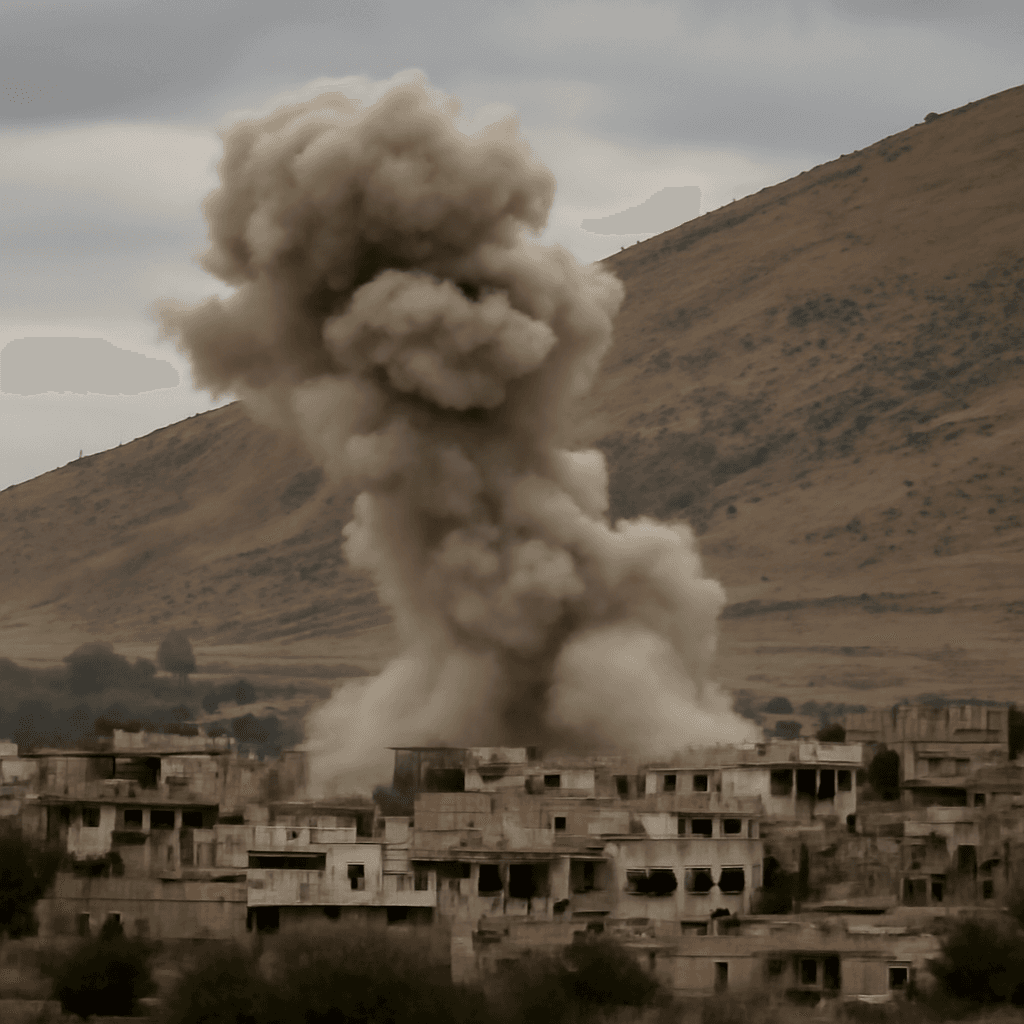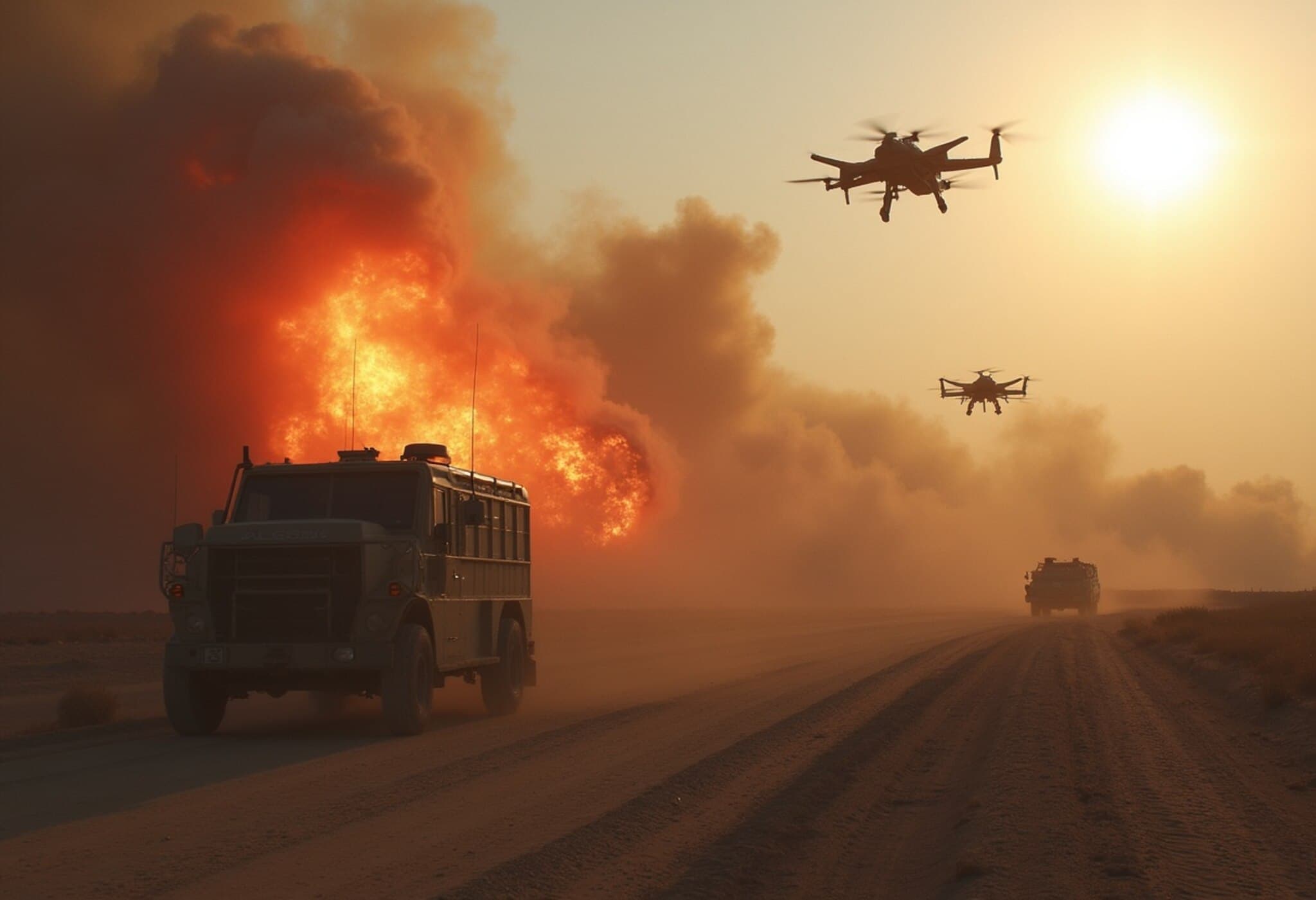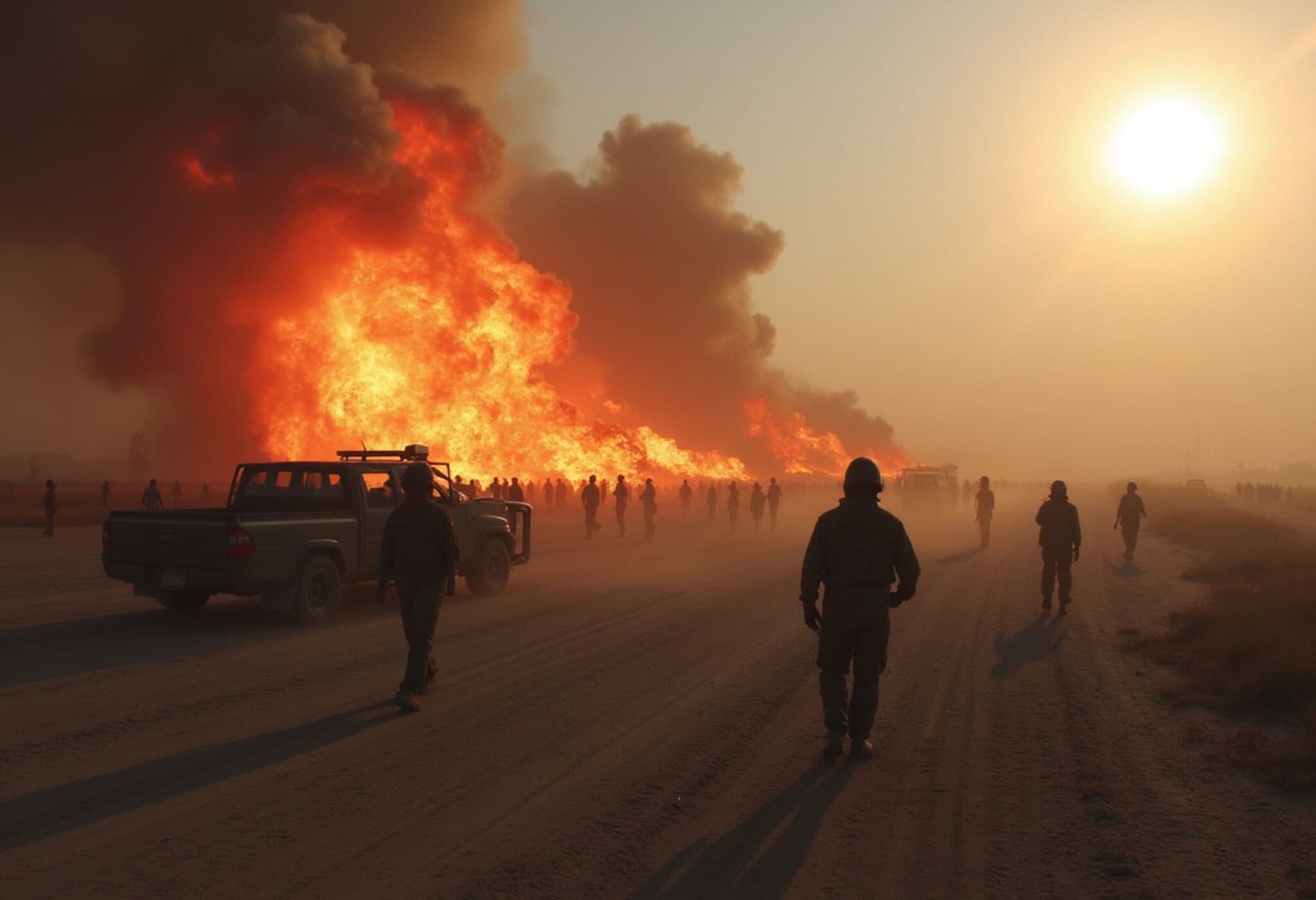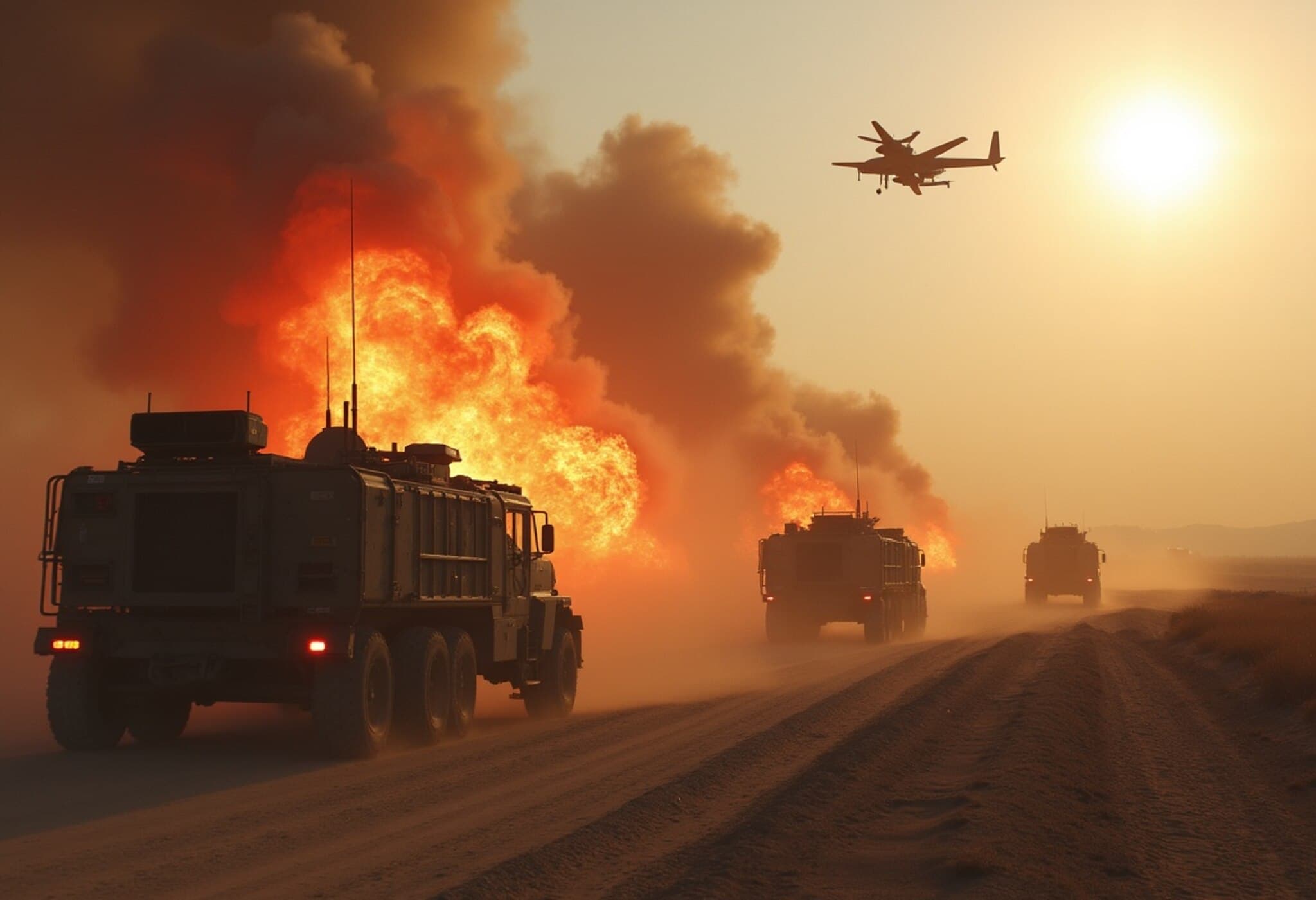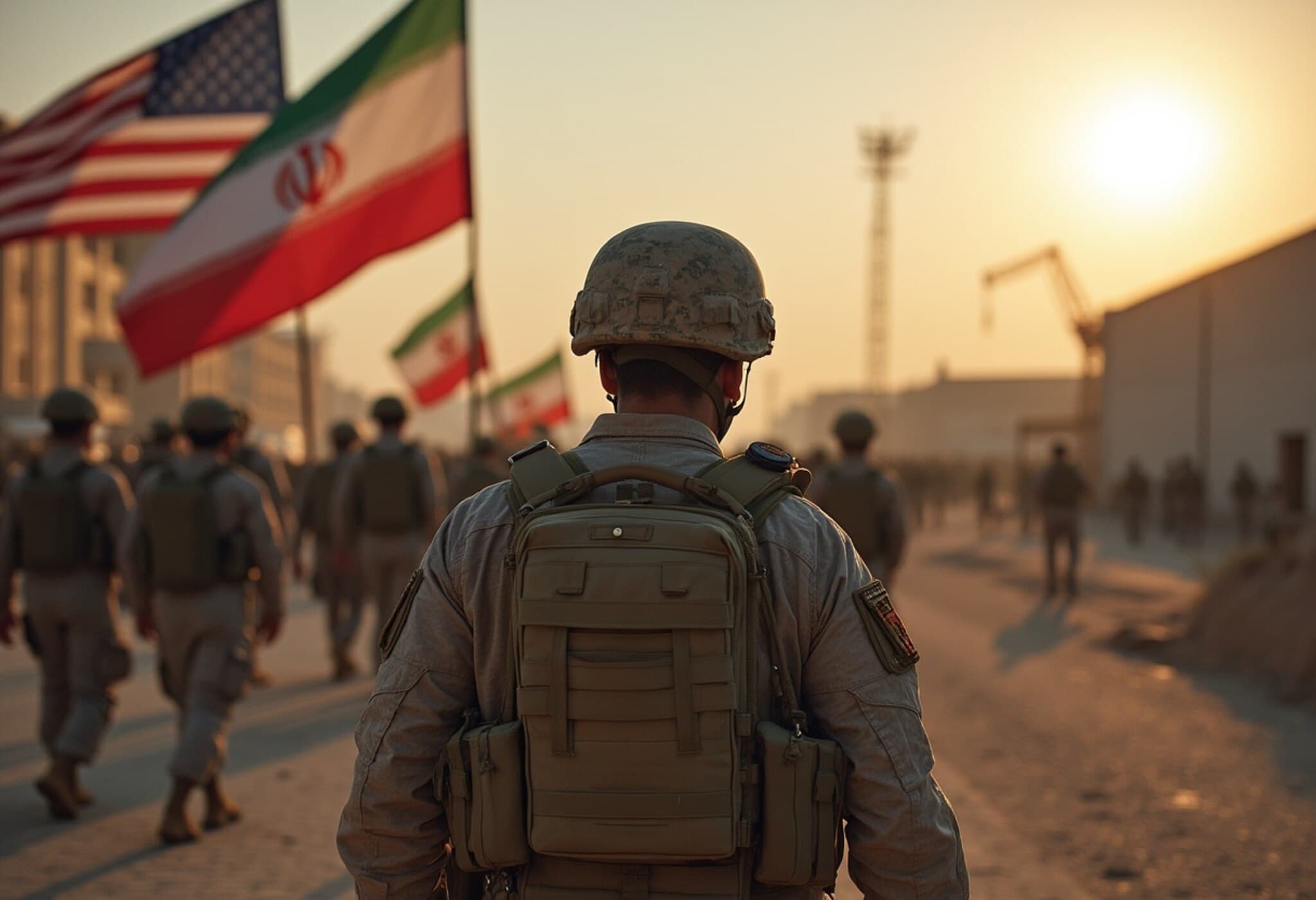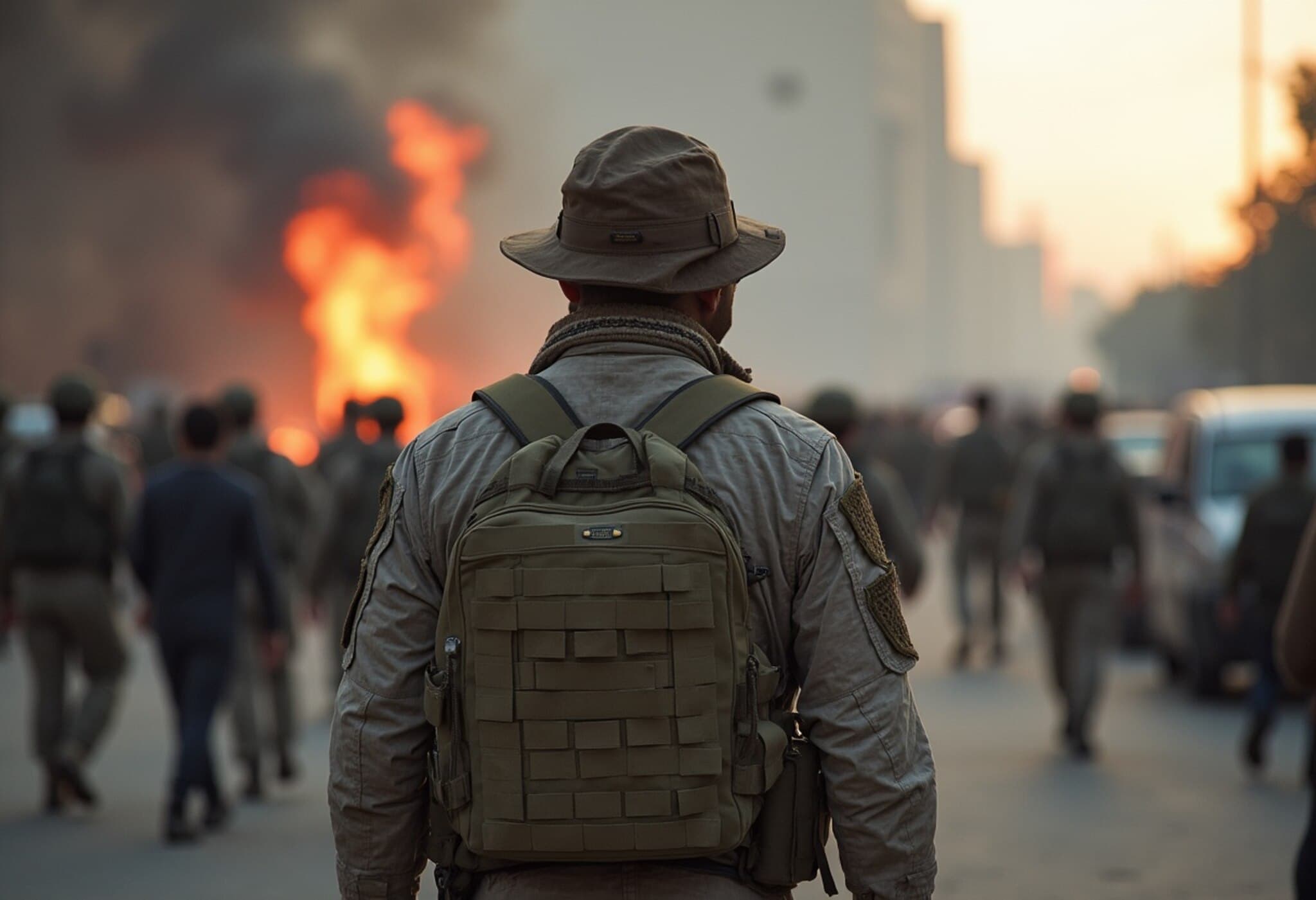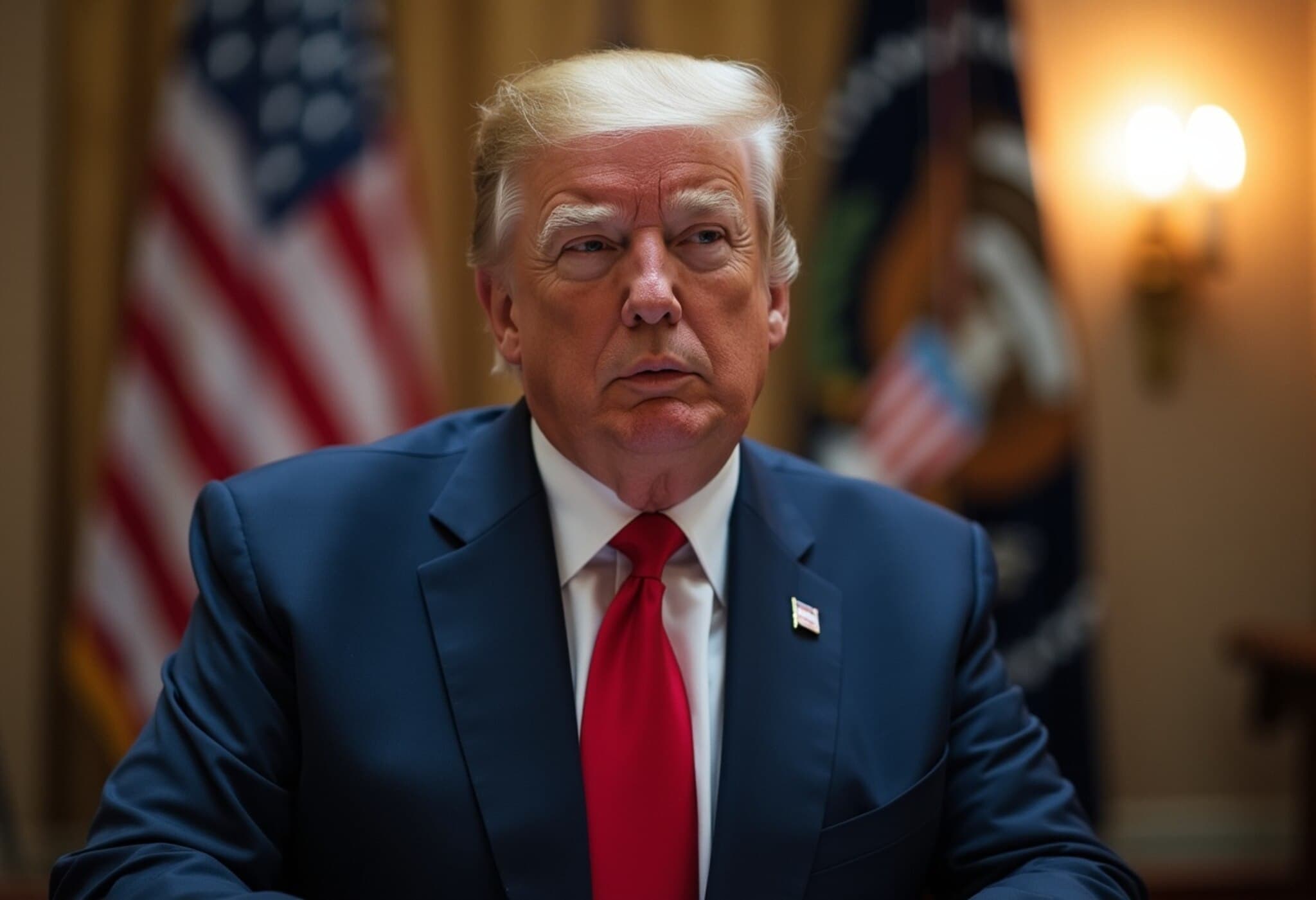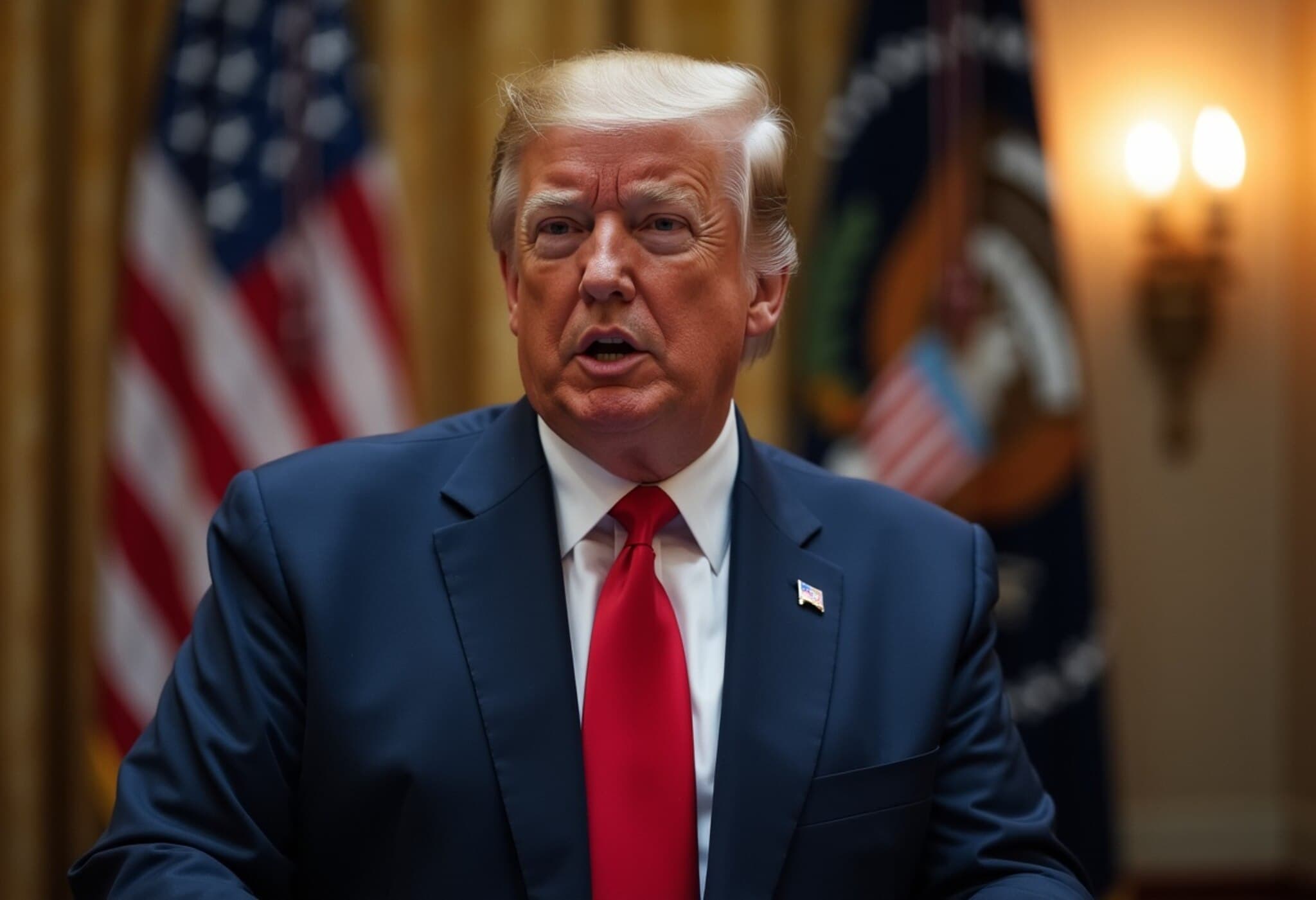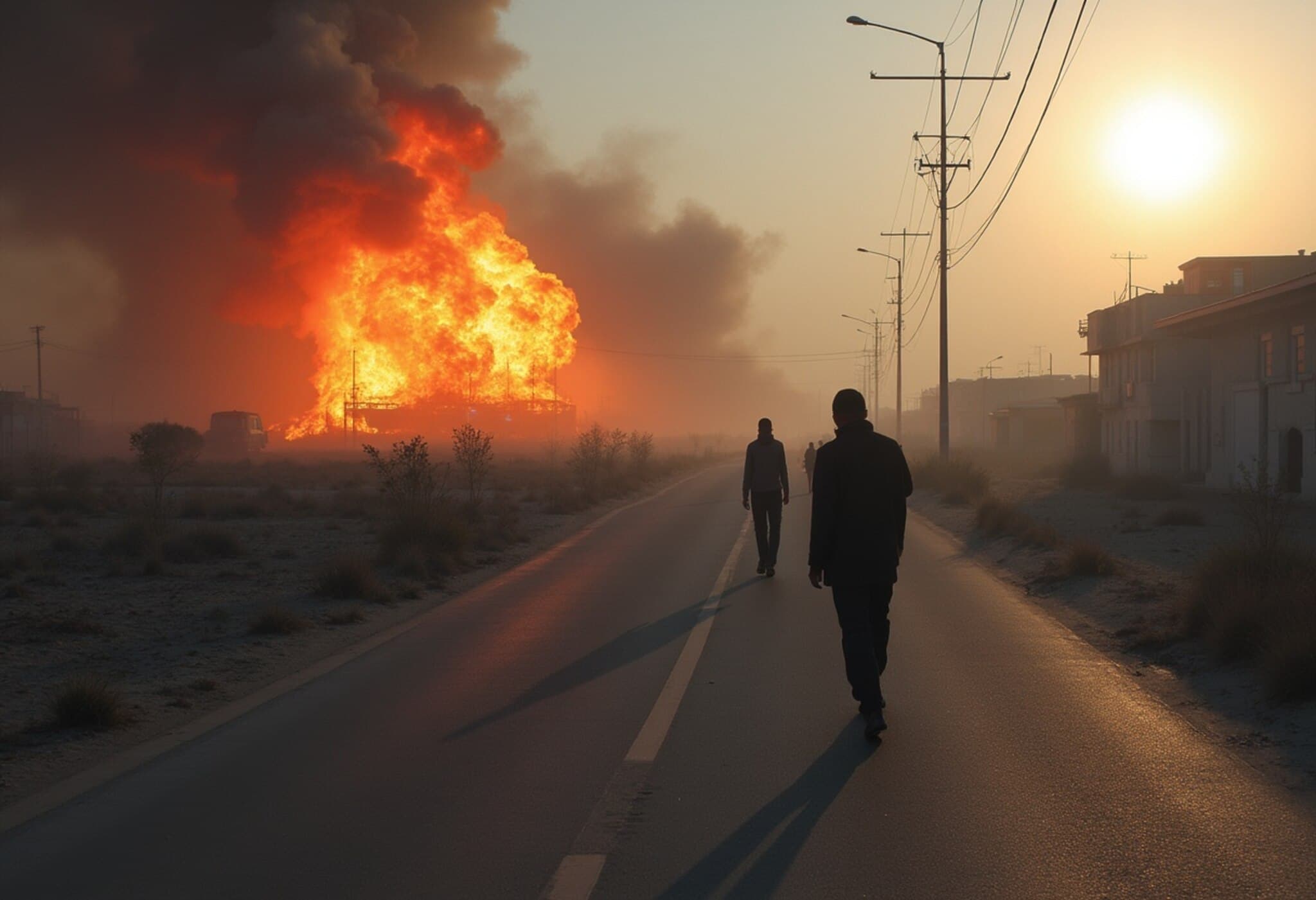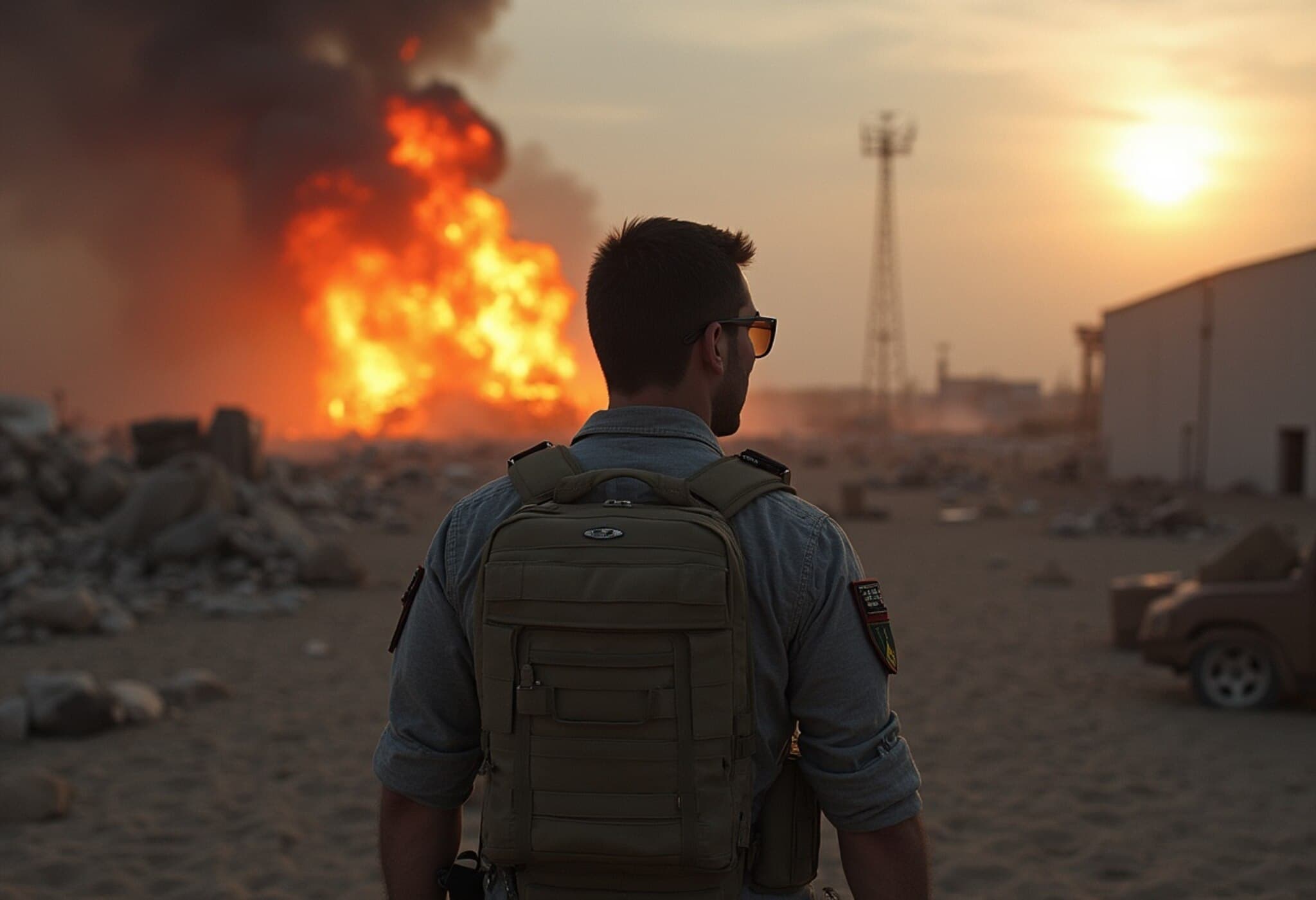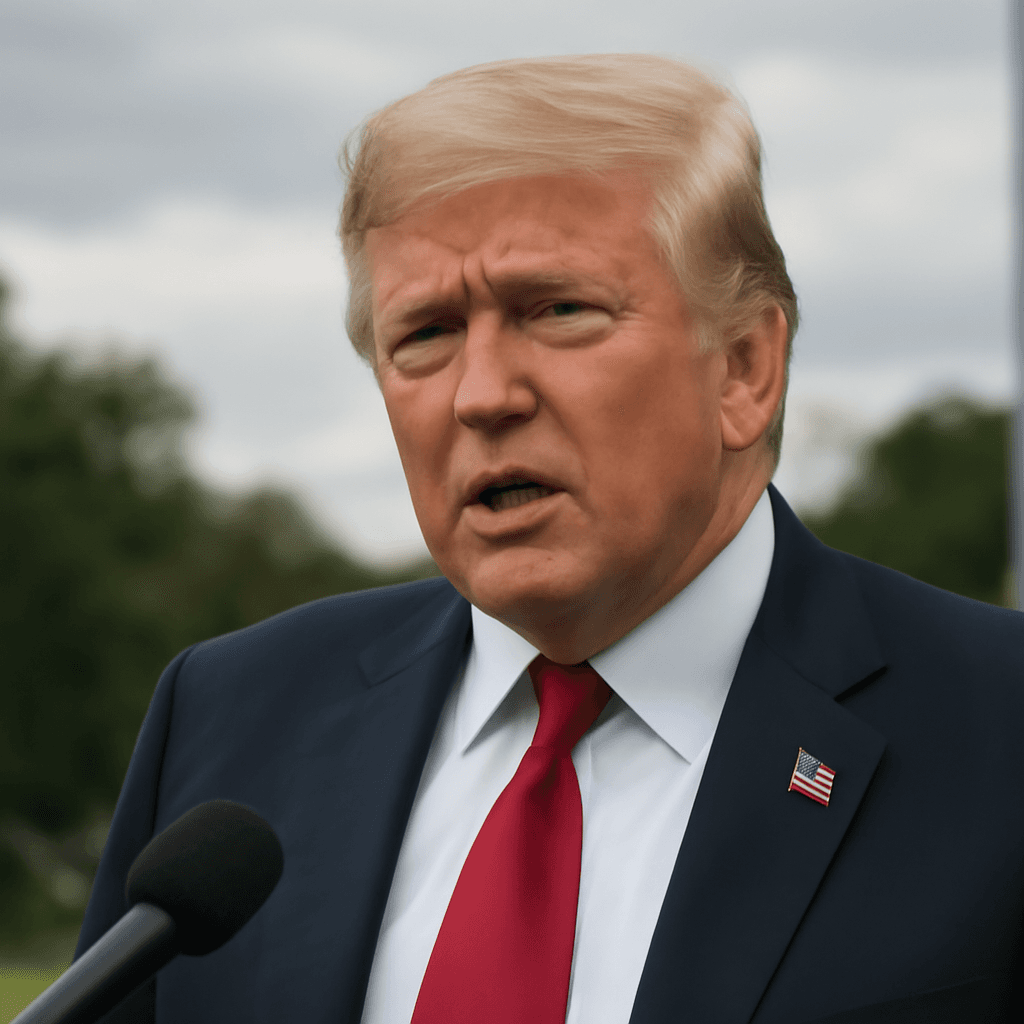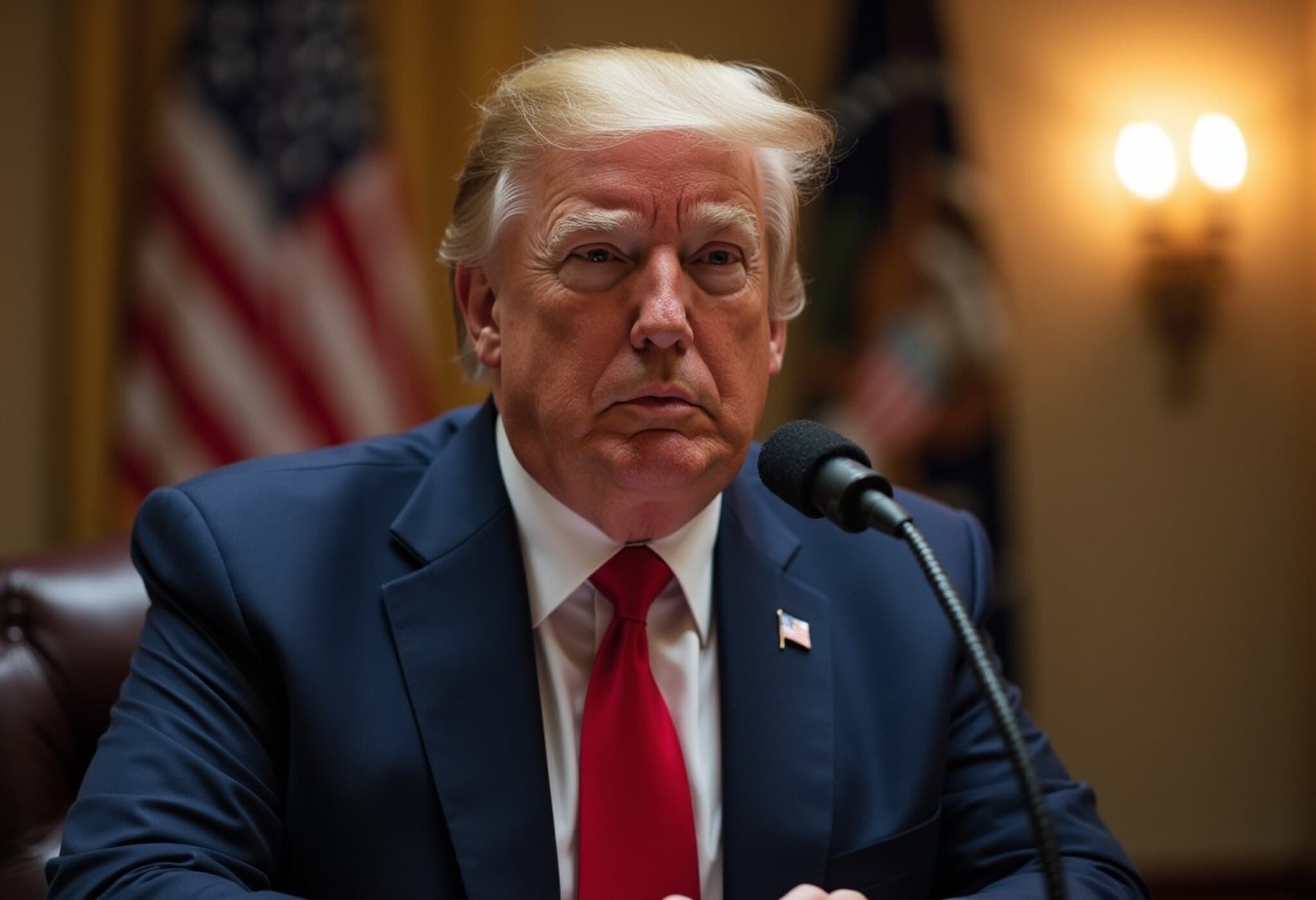Israel Prepares for Potential Military Strike Against Iran
As regional tensions reach a boiling point, Israel stands ready to launch a military operation targeting Iran’s nuclear facilities. This move could fracture fragile diplomatic efforts, spark retaliatory attacks on American assets, and drag the Middle East into a broader conflict.
US Intelligence Warns: Iran Approaching Nuclear Capability
US intelligence agencies indicate that Iran is rapidly closing in on developing nuclear weapons, while attempts to contain its program through diplomacy falter. Although Washington has cautioned Israel against unilateral military action, it appears to be bracing for the possibility.
Diplomatic Talks Losing Ground
The current US administration has sought a new nuclear agreement with Iran, but recent developments hint at diminishing optimism. High-level discussions remain uncertain, and key negotiation meetings, including talks scheduled in Oman, face an uncertain fate.
US and Allies Take Precautionary Measures
- Non-essential US personnel are being evacuated from Iraq.
- Voluntary withdrawal authorized for military dependents across the region.
- Warnings issued for maritime traffic through critical waterways like the Persian Gulf and Strait of Hormuz due to potential military escalations.
These shifts underscore growing concern about instability in a region vital to global energy supplies.
Israel’s Strategic Calculus
Israel’s government, led by Prime Minister Netanyahu, believes Iran is exploiting negotiations as a smokescreen to accelerate its nuclear program. Despite numerous covert efforts to disrupt Iran’s progress, officials acknowledge a military response may be inevitable.
Historical Context
Netanyahu has consistently opposed any agreement permitting Iran’s uranium enrichment. His stance sharply contrasted with previous diplomatic deals forged in 2015, and he has urged caution against premature military action — advice from US leadership that now appears to be eroding.
Iran’s Position: Nuclear Ambitions Under Scrutiny
Iran maintains that its nuclear program is solely for peaceful purposes, such as energy production and medical applications. However, international inspectors and US officials remain doubtful. Recent estimates place Iran’s enriched uranium stockpile at over 408 kilograms at 60% purity, edging dangerously close to weapons-grade levels.
Statements from Key Figures
- US President: Declared zero tolerance for a nuclear-armed Iran.
- Iran’s Defense Minister: Warned of severe retaliation, including targeting US military bases throughout the region.
- Iranian Officials: Cautioned that any military strike by Israel or the US would trigger grave consequences.
The Broader Regional Landscape
The current crisis reflects years of unraveling diplomatic efforts. The US withdrawal from the 2015 nuclear deal and reinstatement of sanctions have led Iran to intensify uranium enrichment and expand centrifuge infrastructure.
Tensions escalated further following conflicts in the region, with Iranian-backed militias embedded in Iraq and groups like Hezbollah and Yemen’s Houthis pledging to confront US and Israeli influence. Notably, 2024 has already witnessed missile and drone exchanges between Iran and Israel, crossing previously unthinkable red lines.
US Military Preparedness and Strategic Options
US defense leaders have acknowledged clear signs of Iran moving toward nuclear weaponization. The head of US Central Command has presented a spectrum of military options to deter Iran’s nuclear ambitions, while Senate testimony delays signal heightened alertness.
Possible Fallout and Economic Impact
If Israel proceeds with an attack, retaliation is expected against US and allied forces stationed across the Middle East, including bases in Iraq, Kuwait, Qatar, Bahrain, and the UAE. The proximity of these targets underscores the risk of rapid escalation.
Oil markets have already responded sharply, with Brent crude climbing over 4% to surpass $69 per barrel amid fears of disruption in critical shipping lanes. Any conflict near the Strait of Hormuz, through which about 20% of the world’s oil flows, could send prices soaring further.
Looking Ahead
The situation remains precarious, with diplomatic avenues hanging by a thread and military options looming large. The coming days will be crucial in determining whether negotiations hold or if the Middle East faces a dangerous new chapter of conflict.

